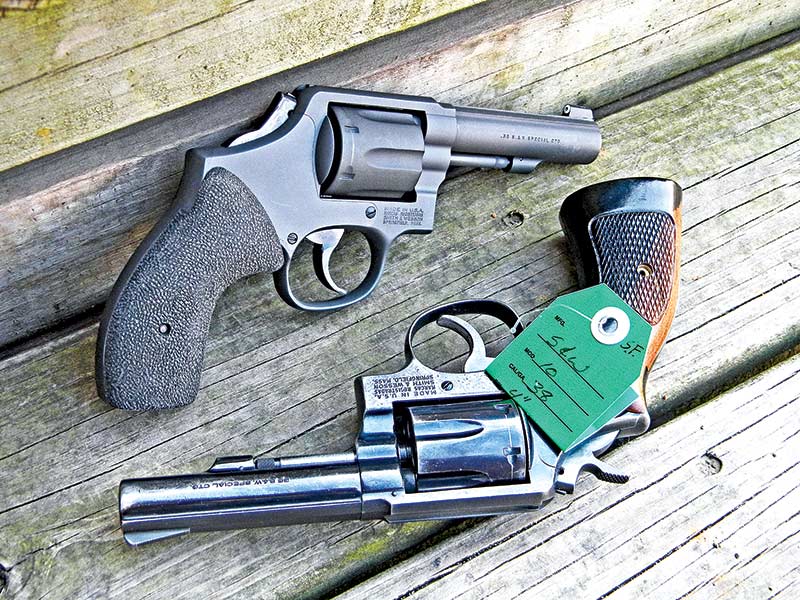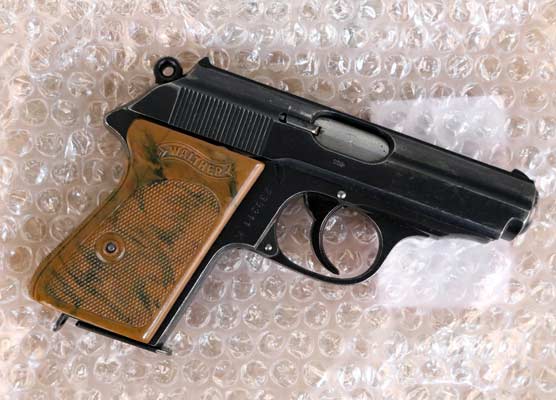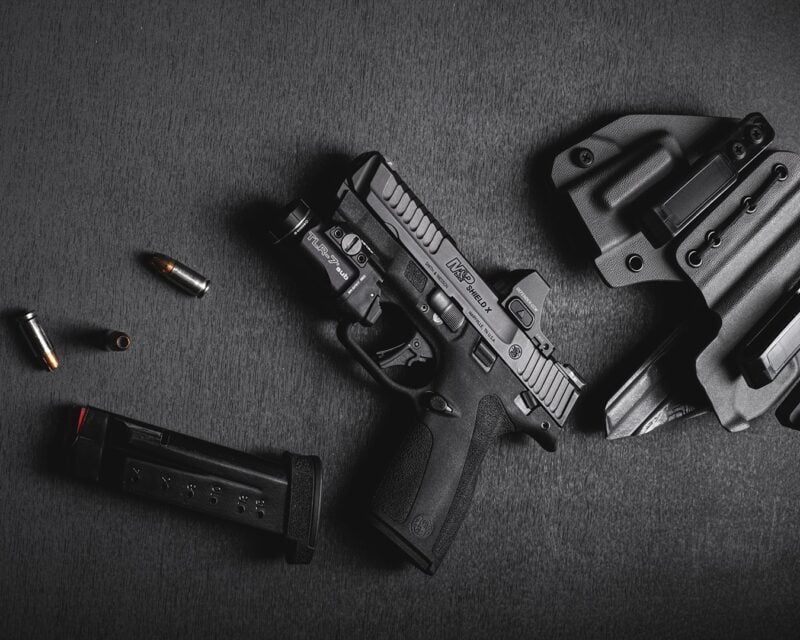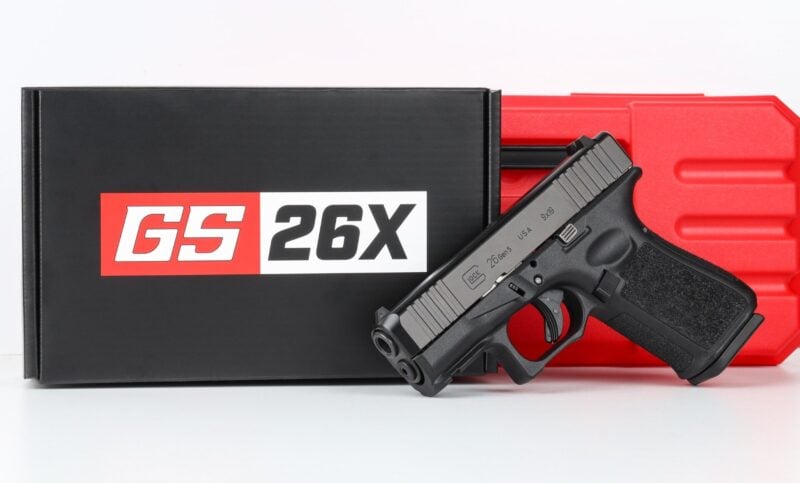Revolvers And Home Defense
Is 'Old-School' Still Effective?
In the “old” days almost everyone had a “wheel gun” sitting in the sock drawer at home, carried in a leather holster — or sometimes just shoved into a pant’s pocket. It was what was most available then. But revolvers for defensive use are not for beginners — and if you want to learn to shoot a revolver start with a .22. Revolvers seem simple, but are more challenging than autos in almost every aspect. Most new shooters are recoil sensitive and almost all of the revolver’s recoil is absorbed by your hand. With an auto a lot of recoil is soaked up by the operation of the gun.
Some of the worst “training” scars I’ve seen occurred when new shooters fired their first shots with a medium- or large-bore revolver. Plus, factory revolver triggers are heavy, requiring up to 12 lbs. of pressure. Even with a trigger job the DA weight of the trigger — which is the only way you shoot — will still be about seven lbs. For shooters without much hand strength a smooth trigger stroke is difficult to achieve, especially over long periods of time.
There are many reasons revolvers are ideal for home defense. “But,” you say, “they’re old and ‘famous’ for their lack of stopping power.” Yes, they’re old, production on what we know as the DA revolver seriously began in the early 1900s. The fact they are old is precisely why they’re still in use today — it’s a proven design.
No Stopping Power?
To cure the “lack of stopping power” simply use defensive ammo. Prior to modern HP ammo, most everyone used military type ball ammo, designed to penetrate without transferring much of its energy into the body. Some used “wadcutters,” a pure lead round with a flat nose, which was supposed to expand, but often didn’t penetrate enough.
Pair up modern defensive ammo with a revolver — which come in impressive calibers — and you’ve got a proven package. Just keep in mind no pistol does a good job of stopping threats. Multiple shots — usually three to four — will probably be required. However, .357 and .44 Magnums do perform better than other calibers, including the various autos. As long as you do your job, the five-, six-, seven- or eight-round revolver has plenty of ammo, so capacity isn’t an issue, particularly for home defense.
Revolvers, regardless of caliber, are very accurate, even short-barreled “snubbies.” Numerous documented situations have shown the revolver — in the right hands — is capable of making “long” shots to end the fight. They’re also ideal for close quarter situations, like in your home where distances can be compressed and tight. The attacker is literally on top of you. You jam the weapon against his ribcage and press the trigger. With a semi-auto the pressure against the threat’s body can push the slide out of battery and the pistol will not fire in this condition. With a revolver, especially shrouded/hidden hammer revolvers, if you can press the trigger, the cylinder will rotate and the hammer has free travel — it will fire.
Versatile
The wheel gun is extremely versatile, unusually so when it comes to “fit.” Since revolvers come in a variety of sizes it’s easy to switch back and forth between a small compact gun for concealment, like an S&W J-Frame, and larger K-, L- or N-Frames to fit any needs yet maintain consistency in platform, operation and caliber.
It’s easy to swap out stocks too. For a home defense revolver where concealment isn’t an issue larger stocks may be a better fit, or softer stocks with more cushion for repetitive training and practice or even smaller stocks to fit the hands of another family member. A definite advantage with magnum calibers is the ability to shoot “special” loads during training, greatly reducing recoil and fatigue in the weapon and your hands. An added benefit of most new model revolvers is the ability to attach lights and lasers. Revolvers are versatile, and easily configured for carry and home defense.
Revolvers are “old,” but when paired with modern ammo they are great defensive weapons. When I’m not teaching and have to carry a semi-auto I’m usually wearing revolvers. Should you decide to go down the revolver path get instruction. Revolver manipulations are complex, and none of it is instinctual. To load, unload and reload you can keep it in the strong hand, or transition it to the support hand. There are multiple ways to carry ammo too.
Even if you don’t plan to own one, you should get some instruction on how they work. It’s a good idea to know how to handle any type of weapon and there are a lot of revolvers out there. Plus, they are fun to shoot, and for you it may be something new — with an old design.
Revolvers for self-defense are not for beginners, or what I call “amateur” defensive owners, those who get little or no training, and less practice. However, in the hands of knowledgeable, experienced shooters they are very effective — and one of their best roles is in home defense.






